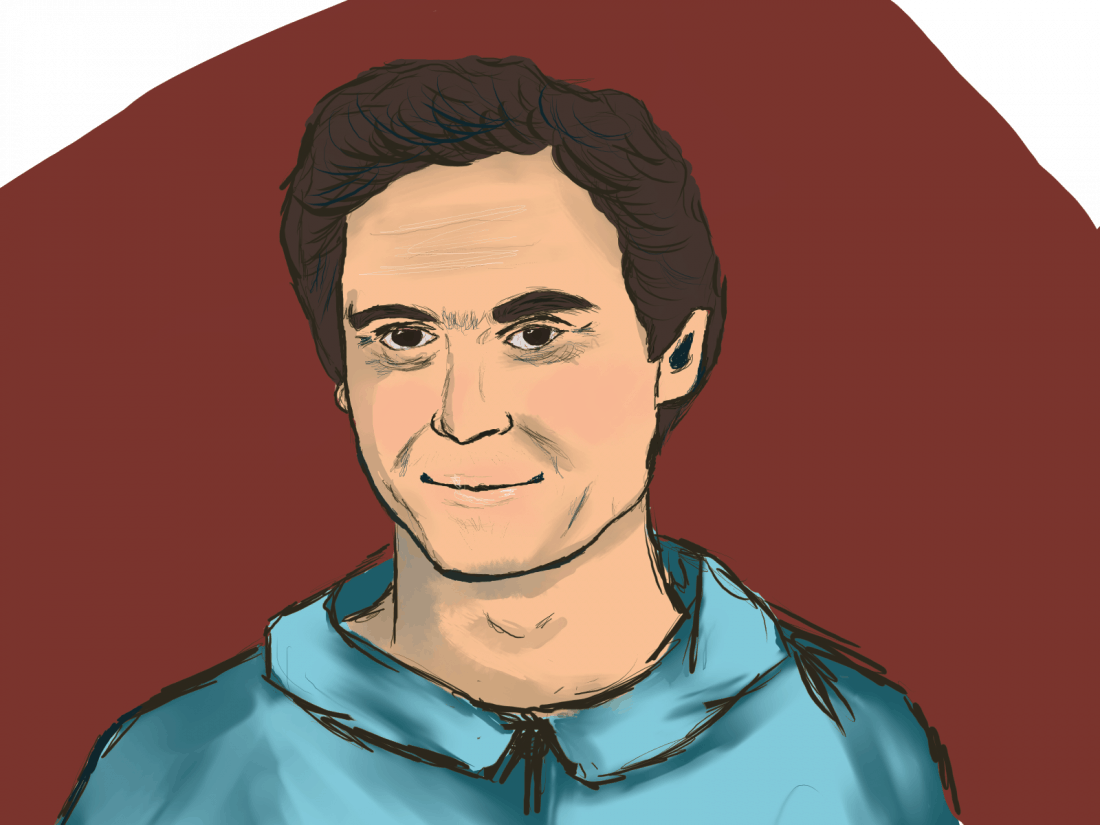
From 1974 to 1978, Theodore Bundy’s murder spree of an estimated 30 young women spread across the United States like a malignant tumour. With the Netflix release of Conversations with a Killer: The Ted Bundy Tapes, we are offered a glimpse into the psyche of a man possessed by fantasy.
But if we want to better understand psychopathy, we must look to the subfield of psychology known as criminal behaviour.
Canadian criminal psychologist Robert Hare has described two categories of psychopathy characteristics. The first category consists of emotional, interpersonal and affective traits — such as grandiosity, lack of empathy and fearlessness. The second consists of antisocial traits — such as poor behavioural control, impulsivity and a need for excitement.
As we attempt to examine Bundy’s psyche through his own chilling words, keep these descriptors in mind.
Bundy speculated on the murders that he would later confess to committing by saying, “We’re now talking about the development of behaviour. Murder… What aberrations lay at the base of [these mental functions] and where were they given birth?… It’s difficult to trace it back and say this is what happened.”
Bundy was born out of wedlock in a home for unwed mothers. Throughout his childhood, his family also engaged in a series of lies regarding his true parentage. This impacted his early attachment development, which has known consequences on the progression of emotional neural systems. It is likely that this — in conjunction with the right, or wrong, mix of genes — left him with gaps in key emotional areas.
Neuroimaging studies have found that brain regions involved in the binding of emotional, motivational and cognitive information are significantly reduced in individuals with higher psychopathy scores. With the absence of these neuropsychological tools, the emergence of morals, values and positive long-term social relationships becomes almost impossible.
As an adult, Bundy idealized his childhood, despite the fact that reality differed. His grandfather, who lived in the same home, was intermittently abusive. This early childhood victimization puts children with psychopathic traits at an especially high risk of developing violent behaviours through observational learning.
Al Carlisle — the Utah State Prison psychologist who evaluated Bundy — speculates that Bundy’s discovery of his birth certificate at about age 14 had a profound impact on him during this critical period of development. Bundy would eventually speak of a void in his life, one he attempted to fill through stalking and violent pornography.
“Perhaps, this person hoped that through violence, through these violent series of acts, … every murder leaving a person of this type hungry [and] unfulfilled would also leave him with the obviously irrational belief that, the next time he did it, he would be fulfilled,” Bundy expressed in a prison interview.
To understand this cycle of violence, we must look at the underlying physiological and fantastical processes. Inheriting a decreased physiological responsiveness to emotional stimuli and a high threshold for stress, it is thought that psychopaths impulsively seek out increasingly potent negative stimuli that are dangerous, violent or aggressive in an attempt to feel something.
Fantasy, as described by Carlisle, becomes an attempt to gratify some internal desire that is not yet attainable in reality. As the fantasy frequently reoccurs, the imagery becomes more vivid and absorbing. Eventually, the psychopath dissociates from the world around them, and the two competing realities become compartmentalized in their mind.
At some point, the thrill of imagination no longer satisfies them, and the fantasized act becomes easier to give in to than hanging on to a moral structure they don’t truly understand. Each time the compulsive act is carried out, the underlying neural firing patterns become strengthened, increasing the likelihood of the act being carried out again and again and again — often without remorse. Bundy himself spoke of guilt while on death row.
“Guilt? It’s this mechanism we use to control people. It’s an illusion. It’s a kind of socialcontrol mechanism — and it’s very unhealthy,” Bundy said. “I am in the enviable position of not having to deal with guilt.”
Guilt serves as an emotional mechanism that enables people to monitor and recalibrate their behaviour amidst a complex social environment. So yes, in one way, guilt does control people, but it is quite necessary to a healthy, functioning society.
Bundy understood human behaviour well enough to deceive, gaslight and manipulate people to further his own selfish desires. But due to an array of factors, he never truly understood what it means to be human. Perhaps, this is what drew him to study psychology at the University of Washington — to learn about a condition of which he seemed to have no subjective understanding.
—
Michael Bergen
Graphic: Yashicaw Bither